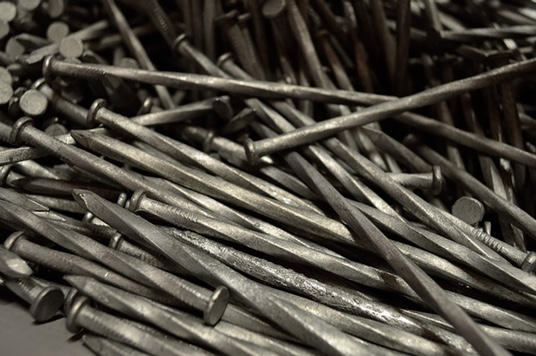
Every year without fail, this same carnival would set up its tents, rides and toys on the same vacant lot on Central Avenue near E. 30th Street for an entire week during the summer. Of course, all of us neighborhood kids would be squealing with delight at all of the wonderful — indeed magical — sights, sounds and smells that altered our world and held out promises of delight, if only for seven days.
It was only years later, after gaining my majority and stopping past one of the carnivals, that I realized how rag-tag and rundown they truly are. But for children (and a surprising number of adults) they still are magical. Indeed, I learned a valuable life lesson at the carnival during my eighth or ninth year.
This was in the early ’50s and by today’s standards, everything — from the rides to the popcorn balls to the cotton candy — was pretty cheap, usually no more than a nickel or a dime. The “expensive” stalls contained the games of chance: the ring toss, the little milk bottles you had to knock over with a ball and the one that fascinated me the most — the hammer and nail. They all cost a quarter and if you won, you got a large stuffed animal as a prize.
The hammer and nail seemed amazingly simple: there was a wooden railroad tie on a counter and all you had to do was to drive a fairly short nail into it with one hammer stroke to win a prize. The man even demonstrated for me how easy it was to do. I was already in possession of really good skills with tools by that age, and was thinking as I approached the stall that this man must be pretty dumb — this was going to be like taking candy from a baby.
The dude, who was in serious need of an orthodontist, drove another nail in just to again show me how easy it was. I paid my quarter and he set the nail in the wood. BAM! I hit the nail squarely on the head, but it bent! It only made it halfway into the wood. I couldn’t believe it; I simply knew I was better with a hammer than what I had just demonstrated.
Stubbornly, I paid another quarter (in reality it wasn’t about winning one of the prizes that were hanging above the stall at that point, I just wanted to prove my skills with a hammer) and BAM! the next nail bent, and the next, and the next. I blew my whole two dollars. When the gap-toothed hillbilly saw that I was out of money he took pity and handed me one of the smaller prizes, a goddamn plastic elephant that could easily fit in the palm of my hand.
Dejectedly I sulked away.
When I got back to my father’s tavern, I was morose. Sensing how dejected I was, my father asked me why I had the long face. I told him, and at first he just laughed, but then he quickly explained to me how I had been hoodwinked. He gave me another dollar and I headed right back to the carnival.
When the man set the nail in the railroad tie (after I had paid my quarter, of course), I pointed to one of the prizes above his head with a question — just like my father had instructed me to do — and when he looked up I moved the nail an inch closer to him, and before he noticed what I had done I drove the nail home: BAM!— and then claimed my prize.
What my father had told me was that the railroad tie had a piece of steel running under the wood where the man was setting the nail for me to hit. and of course the steel didn’t run under where he was placing the nail for himself to hit. So simple.
I learned three valuable life lessons that day: One, just what a stubborn little fuck I was; two, sometimes there is more to life than meets the eye; and three, not everyone is as dumb as they look. I’ve never forgotten any of them.

From CoolCleveland correspondent Mansfield B. Frazier mansfieldfATgmail.com. Frazier’s From Behind The Wall: Commentary on Crime, Punishment, Race and the Underclass by a Prison Inmate is available in hardback. Snag your copy and have it signed by the author at http://NeighborhoodSolutionsInc.